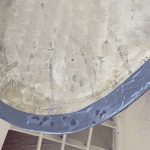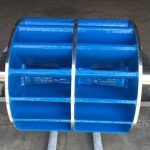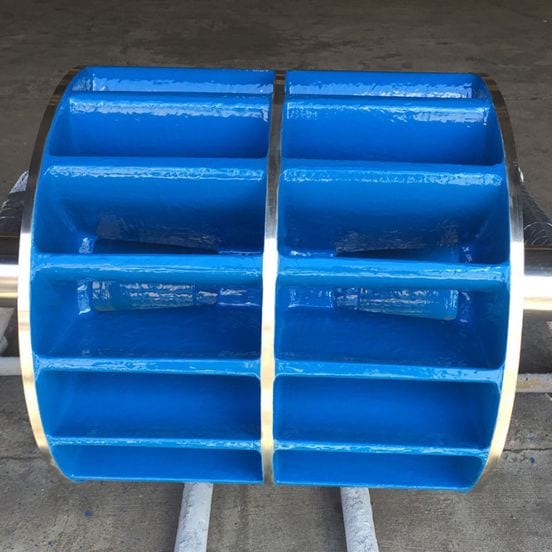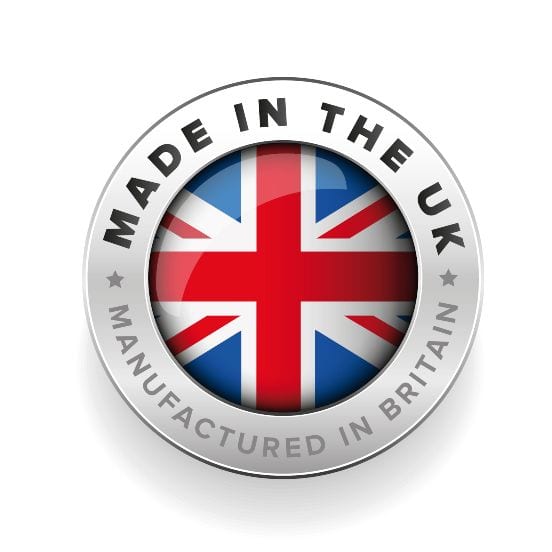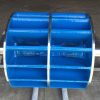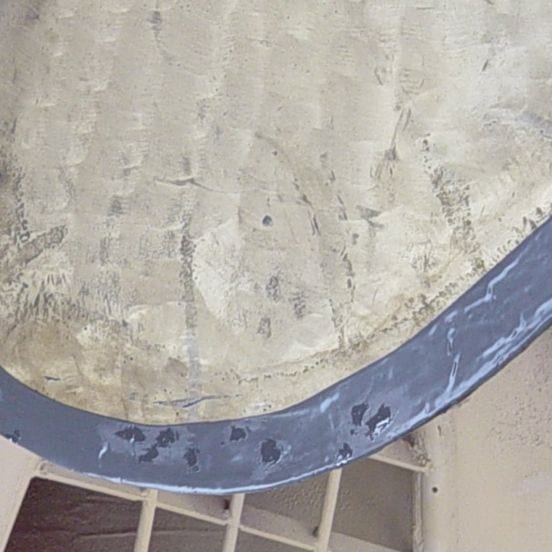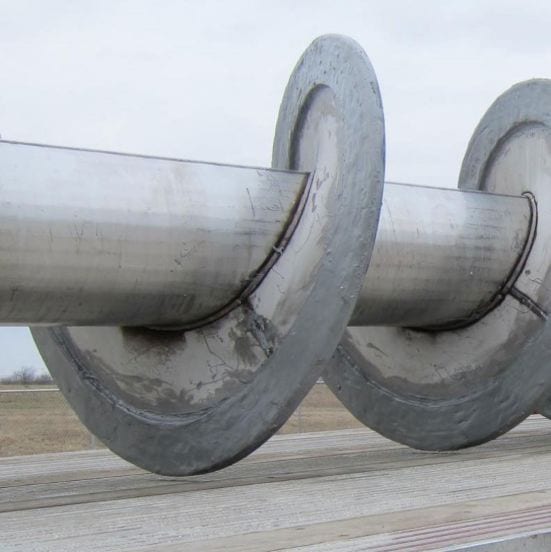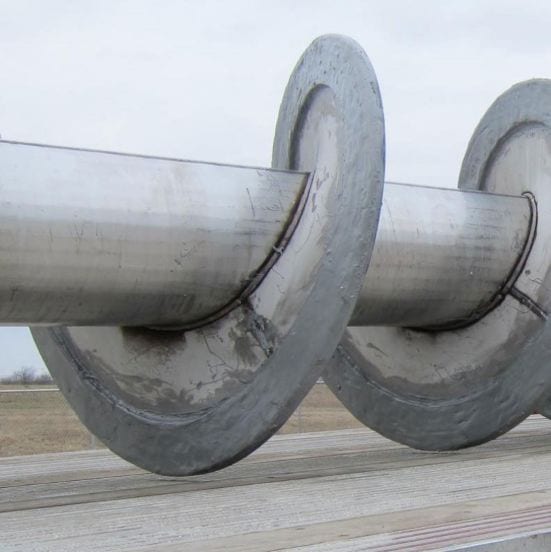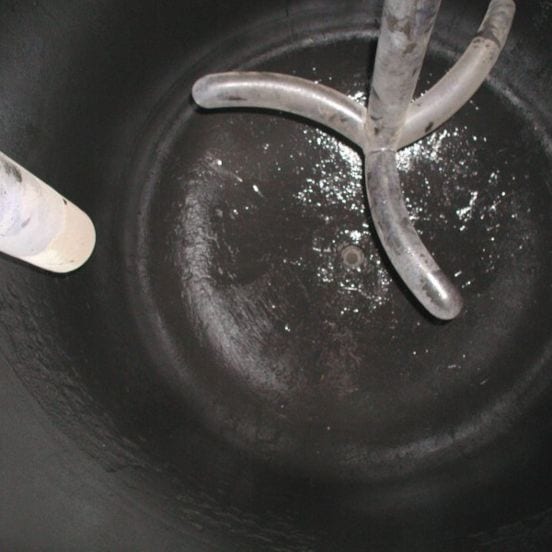Description
M-CERAMIC 700 - Polyurethane Impact Resistant Coating
Is a flexible high build solvent-free Polyurethane Imact Resistant Coating designed for applications subject to impact, wear and abrasion from slurries and aggregates ect….
The material is designed to be applied as a multi coat system, with a minimum cured coating thickness of 1.0mm. This can be achieved by using a brush, roller or squeegee typically 2 x 500 micron coats is achievable on horizontal surface. For vertical surfaces 3 coats may be required.
Application Guide
- All oil and grease must be removed from the surface using an appropriate cleaner such MEK or similar type solvent.
- All surfaces must be abrasive blasted to ISO 8501/4 Standard SA2.5 (SSPC SP10/ NACE 2) minimum blast profile of 75 microns using an angular.
- Once blast cleaned, the surface must be degreased and cleaned using MEK or similar type solvent.
- All surfaces must be coated before gingering or oxidation.
- All oil and grease must be removed from the surface using an appropriate cleaner such as MEK.
- All surfaces must be mechanically abraded using handheld grinders to ISO 8501/4 ST3 (SSPC SP3 ST3).
- Once abraded, the surface must be degreased and cleaned using MEK or similar type material.
- All surfaces must be repaired before gingering or oxidation occurs.
Prior to mixing please ensure the following:
- The base component is at a temperature between 15-25°C.
- Do not apply the material when the ambient or substrate temperature is below 10°C or less than 3°C above dew point.
- Transfer the contents of the Activator unit into the Base container.
- Using a slow speed electric paddle mixer, mix the 2 components together until the material is streak free.
- Once mixing is complete, use the mixed coating as soon possible after mixing.
Use all mixed material within 15 minutes at 20°C.
- Pour the mixed material into a paint kettle or paint tray (this will maximise the usable life)
- Using a 50mm synthetic brush, stripe coat all edges, joints & corners.
- Once the stripe coat has cured sufficiently and is capable of being overcoated, apply the basecoat to all surfaces at minimum 350 microns.
- Once the basecoat of material has cured sufficiently, approximately 6-8 hours at 20°C, apply the intermediate coat to all surfaces at a minimum 350 microns.
- Once the intermediate coat has cured sufficiently, approximately 6-8 hours at 20°C, apply the topcoat to all surfaces at a minimum 350 microns.
- Minimum finished coating thickness needs to be in excess of 1000 microns.
| Appearance | Base Activator Mixed | Blue or light grey thixotropic liquid Amber liquid Blue or light grey Thixotropic liquid |
| Mixing Ratio | By Weight By Volume | 3.25:1 3:1 |
| Density | Base Activator Mixed | 1.31 1.22 1.29 |
| Solids Content | 100% | |
| Sag Resistance | Nil at: 400microns | |
| Usable Life | 10°C 20°C 30°C | 25-35 minutes 15-20 minutes 8-10 minutes |
| Coverage 2 x 350microns | The material should be applied at a minimum wet film thickness of 350 microns per coat. | 2.85 sqm/ ltr |
| Cure Times | Movement without load or immersion: Light loading: Full loading/water immersion: Chemical Contact: | 2 hours 8 hours 3 days 14 days |
| Storage Life | Unopened and stored in dry conditions (15-30°C) | 2 years |
| Adhesion | Tensile Shear to ASTM D1002 on abrasive blasted mild steel with 75 micron profile | 169kg/cm² 2400psi |
| Corrosion Resistance | Tested to ASTM B117 | 5000 hours |
| Flexibility | (British Gas FW0028 Draft method) 3% Strain at 20°C 3% Strain at 5°C 3% Strain at 0°C ASTM D522 | Pass Pass Pass Pass |
| Hardness | Shore D to ASTM D2240 | 80 |
| Impact Resistance | (British Gas CW6) 15 Joules (BS EN 10290) | 23°C 8.6 Joules 5°C 6.1 Joules |
| Adhesion – Resistance to Removal | (BS EN 10290) | 23°C rating 1 60°C rating 2 |
| Adhesion – Pull Off Test | (BS EN 10290) | 23°C 175kg/ cm² 60°C 73kg/ cm² (ASTM D4541) 214kg/ cm² |
| Electrical Insulation Resistance | (BS EN 10290) | 8.4 X 10⁹ |
| Indentation Resistance | (BS EN 10290) | 23°C 0.1mm 60°C approx. 15% |
| Flexibility | (BS EN 10290) | Pass |
| Elongation | (BS EN 10290) | 14.5% |
| Abrasion Resistance | (ASTM D4060) | 90mgm weight loss per 1000 cycles 1kg load – CS17 wheel |
| Heat Resistance | Suitable for use in immersed conditions at temperatures up to: Suitable for use in dry conditions at temperatures up to dependant on load: | 70°C 120°C |
| Chemical Resistance | At 20°C product resists attack by a wide variety of inorganic acids, alkalis, salts and organic media | Acetic Acid 10% Benzoic Acid 15% Caster Oil Cyclohexane Ethyl Alcohol 50% Formic Acid 10% Fuel Oil Glycerine Hydrochloric Acid 20% Isopropanol Lactic Acid 20% Mineral Oil Nitric Acid 10% Phosphoric Acid 50% Potassium Hydroxide 10% Sodium Carbonate 10% Sodium Hydroxide 10% Sulphuric Acid 50% White Spirit |

